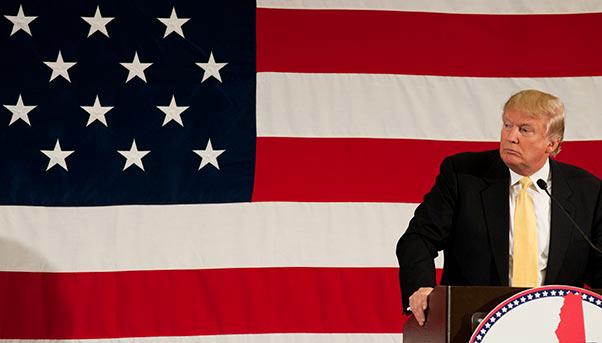U.S. President-elect Donald Trump’s grandiose plan to oversee $1 trillion worth of investments for the renewal of the country’s infrastructure is predicated on the founding of a financial institution, as proposed during his election campaign. In more than one occasion, Trump, who ran on the Republican Party ticket, had spoken of the creation of an infrastructure bank to support the financing of projects throughout the country. He spoke of how individual investors ought to have the chance to take part in the rebuilding of the country’s infrastructure by investing in this bank.
The plan was brought into clearer focus by two senior policy advisers of Trump’s transition team who are working alongside him to set out the priorities of his administration. In an analysis entitled “Trump versus Clinton on Infrastructure” and published during the campaign on October 27, the advisers argued how Trump’s version of infrastructure renewal was better than that presented by his Democratic Party rival, Hillary Clinton.
«Building new infrastructure is a critical part of any growth strategy,» reads the analysis by private equity investor Wilbur Ross and Peter Navarro, a business professor at University of California, Irvine. «Every $200 billion in additional infrastructure expenditures creates $88 billion more in wages for average Americans and increases real GDP growth by more than a percentage point. Each GDP point creates 1.2 million additional jobs.»

Donald Trump
An infrastructure bank would support the $1 trillion that Trump would want invested in infrastructure. It would start with federal funds and later raise money from private investors, whether they be individual or institutional.
The bank could make out loans or issue bonds that could be bought by individual investors. Ross and Navarro calculate that the bank would need $25 billion of funds in order to guarantee $250 billion worth of loans.
Trump would offer tax credits to encourage private participation in infrastructure projects, such as in public-private partnerships.
«These tax credits offered by the government would be repaid from the incremental tax revenues that result from project construction,» reads the analysis. «Two identifiable revenue streams for repayment are critical here: (1) the tax revenues from additional wage income, and (2) the tax revenues from additional contractor profits.»
The plan is still in the early stages but the idea has a strong innovative element in terms of financing infrastructure. A new bank in which both private and public could join forces would allow more investors to take part in the development of communities throughout the country.

